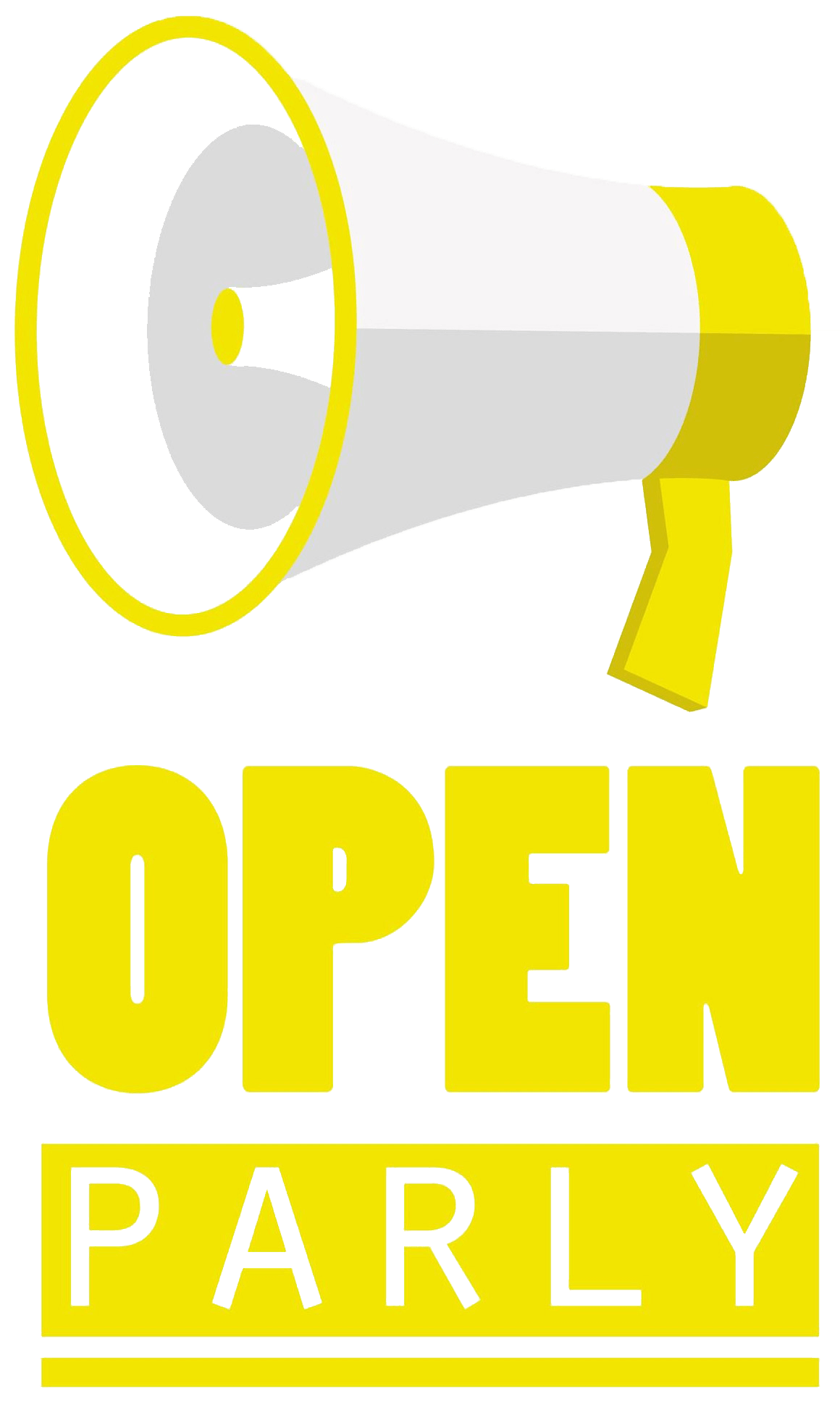Electricity Situation in Zimbabwe [Ministerial Statement]
MINISTERIAL STATEMENT: ELECTRICITY SITUATION IN ZIMBABWE
THE MINISTER OF ENERGY AND POWER DEVELOPMENT (HON. EDGAR MOYO): Thank you very much Mr. Speaker Sir. I rise to give a Ministerial Statement on the electricity situation in Zimbabwe. My presentation is going to be divided into the following sections: – power generation, I will look at our different stations: IPPs, the outlook of our electricity situation and our priorities to mitigate the current electricity situation.
On power generation, the country through the Zimbabwe Power Company is currently generating a daily average of 1 300 megawatts against a demand of an average of 1 850 megawatts.
Hwange Power stations, stages one and two are producing 380 megawatts from units 1, 3, 4, and 6. Unit 2 is under statutory maintenance and is expected to return to service in July 2004. Unit 5 is undergoing a major overhaul which is expected to be completed in May 2025. Units 7 and 8 are stable and generating a total of 614 megawatts.
Kariba Power Station remains constrained due to low water levels. As a result, the Zambezi River Authority is implementing a tight water allocation schedule that has seen Zimbabwe and Zambia reducing their generation. Kariba power station is generating at an average of 292MW out of a dependable or an installed capacity of 1050MW due to low water levels.
Independent Power Producers (IPPs)
IPPs are producing an average of 50MW which is coming into the grid while solar net metering is giving out 24MW.
Imports
An average of 200MW have been secured from import arrangements with ESKOM, EDM and HCB to help cover the electricity shortfall.
Load shedding is being implemented in stages depending on the shortfall on a particular day as follows;
Stage 1: Supply shortfall is below 300MW and load shedding is mainly targeted at residential loads while prioritising productivity and security points.
Stage 2: Supply shortfall is between 300MW and 500MW and targets some industrial loads in addition to residential loads.
Stage 3: Which is very rare the supply deficit is above 500MW.
Due to the shortfall in internal generation the country has been experiencing Stage 1 load shedding until mid-June, 2024. Thereafter, there has been increased demand resulting in stage 2 load shedding. Furthermore, ZESA has ring fenced 100MW for winter wheat to cater for food security.
Outlook
Demand in the winter season is expected to increase to an average of 1900MW, which without significant intervention would result in continued load curtailment. There are however several mitigation measures that are being implemented in order to narrow the supply demand gap.
Government is looking at increasing power supply sources through an enabling policy and regulation environment for support and procurement from Independent Power Producers (IPPs), Embedded Generation and the continued involvement of third parties in the reformed electricity supply industry such as the Intensive Energy User Group (IEUG), Utility Warehousing, Africa GreenCo, Negomo and others – these players procure power locally and regionally and supply direct customers, energy efficiency improvements and demand side management. Government will continue mobilising foreign currency to enable the utility to increase our electricity imports.
Prioritisation of Hwange Power Station.
The refurbishment of Hwange Power Station’s Unit 5 is a critical step in addressing Zimbabwe’s Electricity shortfall in the short to medium term. Recent updates indicate that the completion of refurbishment work on this unit will result in an additional 160MW to the national grid which is a significant boost considering the current deficit of 300MW. This enhancement in capacity is expected to have a positive impact on both economic and financial performance by mitigating production losses due to power shortages.
Furthermore, the allocation of resources to Hwange Units 1 to 4 and 6, in order to minimise plant down time on failure, will further alleviate the electricity shortages. With these developments, prioritising resources for the power station’s key production related issues is indeed a viable short term solution.
The repowering of units 1 to 6 in 48 to 60 months’ time in the short term will eventually restore the station’s capacity to at least 840MW which should significantly curtail load shedding and stabilise the power supply for the country.
Demand Supply Management
The Switch-off Switch initiative is a strategic approach within Demand Side Management (DSM) that encourages consumers to actively participate in energy conservation by turning off non-essential electrical devices. This not only contributes to immediate reductions in energy consumption, but also promotes a culture of energy awareness and responsibility. ZESA Holdings has begun a public relations campaign to effectively communicate the benefits of energy conservation to the public, fostering a collaborative effort to manage demand and contribute to a more sustainable energy system.
Battery Energy Storage System (BESS)
The integration of a BESS is indeed a critical step towards enhancing energy supply stability; BESS systems are designed to store electrical energy for later use, playing a pivotal role in balancing the supply and demand for electricity within the power grid. By storing excess energy generated during periods of law demand, BESS can provide backup power during peak demand times, thus ensuring a stable energy supply and mitigating disruptions caused by load shedding.
It is essential that BESS installations are paired with a reliable source of charging supply such as solar or wind power to maximise their effectiveness. This approach not only ensures a continuous energy supply, but also facilitates the integration of renewable energy sources into the grid, contributing to a more sustainable energy ecosystem.
As we continue to regularly monitor the hydrological outlook on the Zambezi River, the country expects an improved hydrological season for 2024 to 2025 due to the anticipated La Nina phenomenon.
We urge all consumers to be responsible in their daily power consumption and to work hand in glove with the Government to resolve the energy challenge. I thank you Mr. Speaker Sir.
Electricity Situation in Zimbabwe [Ministerial Statement]

![Electricity Situation in Zimbabwe [Ministerial Statement]](https://openparly.com/wp-content/uploads/2024/07/download.jpeg)

